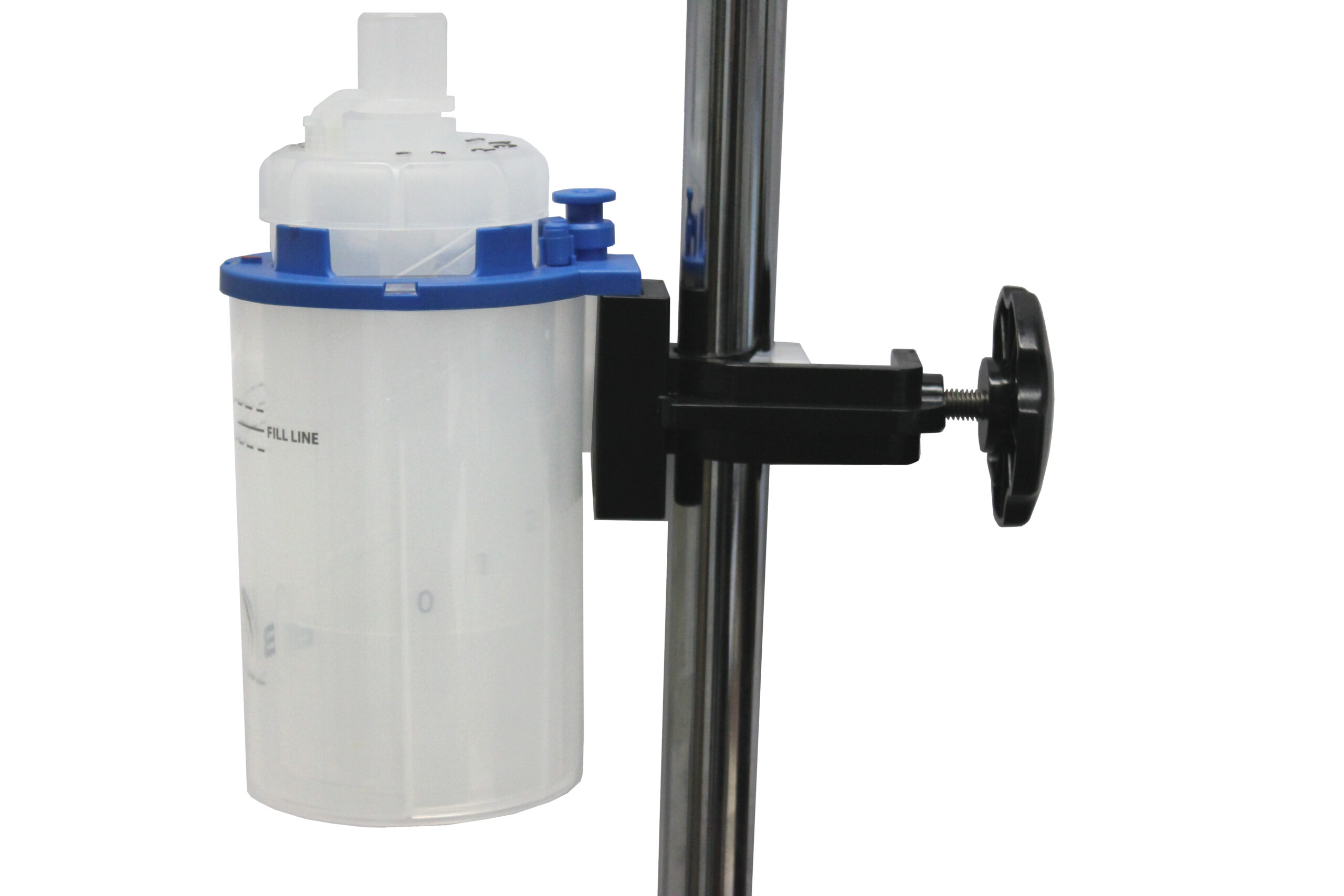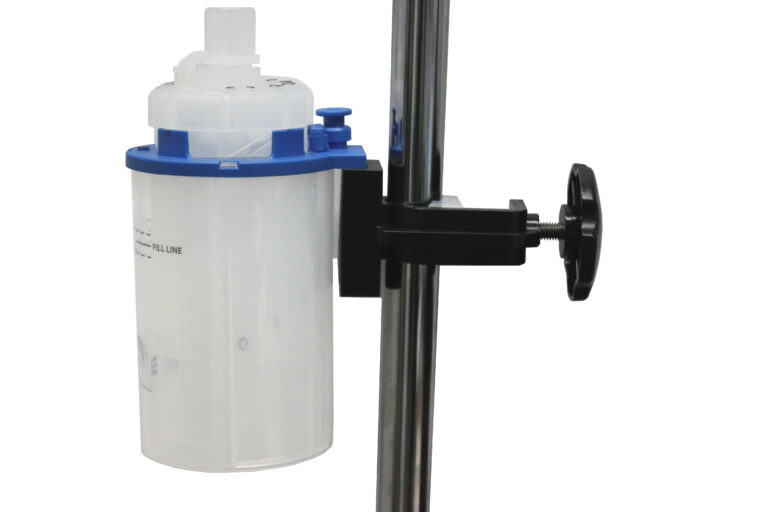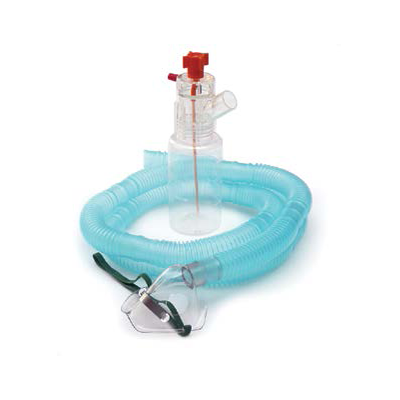When it comes to providing respiratory support for infants, especially those with respiratory distress syndrome (RDS), choosing the right type of continuous positive airway pressure (CPAP) system can be crucial. Two common methods are Bubble CPAP and traditional CPAP. This blog explores the differences between these systems, their advantages, and which CPAP for newborns needing respiratory support is better suited.
Understanding CPAP Systems
Continuous positive airway pressure systems are designed to help babies who cannot maintain adequate oxygenation and ventilation on their own. These devices deliver air (or oxygen) into the baby’s lungs, either continuously or at intervals, to help keep the airways open and support spontaneous breathing.
- Traditional CPAP
Traditional CPAP provides a steady flow of air at a constant pressure throughout the breathing cycle. This system uses a mechanical ventilator to deliver the air through nasal prongs or a mask tightly fitted to the baby’s face. It is a widely used method in neonatal intensive care units (NICUs) for treating infants with breathing difficulties.
- Bubble CPAP
Bubble CPAP is a form of CPAP where the air is delivered through a system that includes a tube submerged in water. The depth of the tube in the water determines the pressure of the air delivered. As air flows through the tube, it creates bubbles, which produce pressure fluctuations that are thought to help keep the lungs open more effectively than the constant pressure of traditional CPAP.
Comparing Bubble CPAP and Traditional CPAP
The choice between Bubble CPAP and traditional CPAP often depends on the specific needs of the infant and the resources available in the healthcare setting.
- Effectiveness
Recent studies suggest that Bubble CPAP may be more effective than traditional CPAP in improving oxygenation and preventing alveoli from collapsing in newborns, especially those with severe RDS. This could be due to the dynamic pressure variations produced by the bubbles, which may help increase lung compliance over time.
- Ease of Use and Availability
Traditional CPAP machines are generally more complex and expensive, requiring sophisticated equipment and trained personnel to operate effectively. On the other hand, Bubble CPAP systems are simpler and less costly, making them a viable option in settings with limited resources.
- Comfort and Tolerance
An important aspect to consider is how well a CPAP newborn tolerates the treatment. Bubble CPAP is often reported to be more comfortable for infants because the pressure delivery is gentler and more variable. This can lead to better tolerance over longer periods, which is crucial for infants requiring extended respiratory support.
- Risk of Complications
Both systems carry risks, primarily related to the development of air leaks around the lungs (pneumothorax) and damage to the nasal tissue due to pressure from the nasal prongs or masks. However, the risk of nasal injury may be lower with Bubble CPAP due to the softer nasal prongs used in most setups.
Which Is Best for Infant Respiratory Support?
Choosing the best CPAP system for infant respiratory support depends on several factors, including the severity of the infant’s respiratory distress, the setting in which the CPAP is being used, and the resources available. Here are some considerations:
- Severity of Respiratory Distress: For severe cases, Bubble CPAP might be more beneficial due to its effectiveness in improving lung function and oxygenation.
- Hospital Resources: In hospitals with limited resources, Bubble CPAP might be the preferred choice due to its cost-effectiveness and ease of use.
- Monitoring and Staff Training: In settings where sophisticated monitoring and highly trained staff are available, traditional CPAP may be utilized more effectively, providing controlled and consistent respiratory support.
Conclusion
Both Bubble CPAP for newborn and traditional CPAP are valuable tools in the management of infant respiratory distress. Bubble CPAP, with its unique mechanism of action, offers an effective, comfortable, and cost-efficient alternative to traditional CPAP, particularly in resource-limited settings. However, the choice between Bubble CPAP and traditional CPAP should ultimately be guided by the specific clinical scenario, availability of resources, and the healthcare team’s experience.
As advancements in technology continue to evolve, it’s vital for healthcare providers to stay informed about the latest research and innovations in neonatal care, ensuring that every newborn has the best possible start in life. Whether it’s through Bubble CPAP or traditional CPAP, the goal remains clear: to provide effective and safe respiratory support to those who are most vulnerable.


